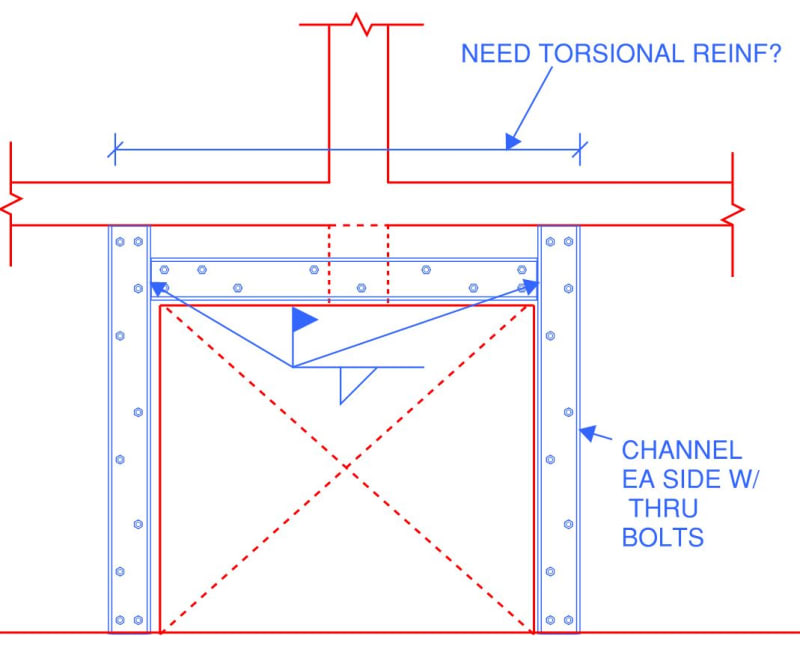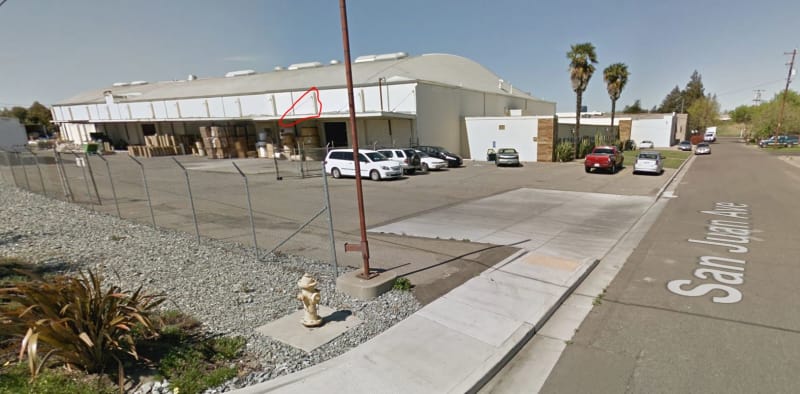cal91
Structural
- Apr 18, 2016
- 294
See the column and beam I circled red...
Why are there intermittent columns in the wall? There's only a continuous, uniform load from the rafters. This is an interior wall, the structure looks the same on the other side of this wall. I have a client who wants to cut a hole in the wall, cutting through a column and the beam.
The only thing I can think of is that they provide out of plane strength for the wall, so it doesn't have to span
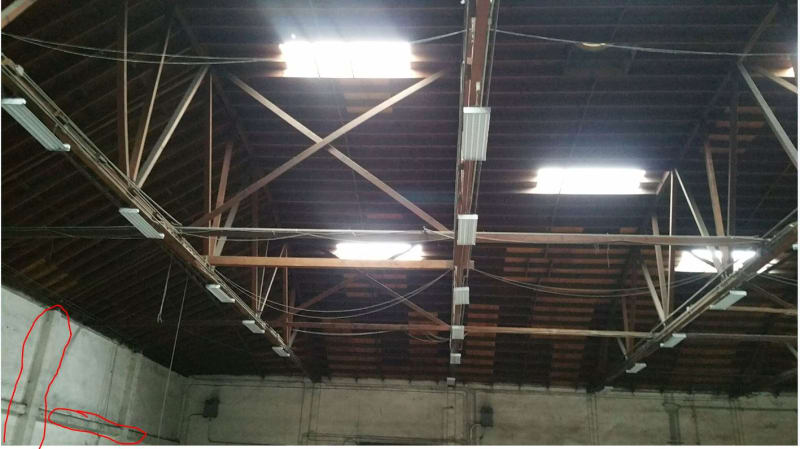
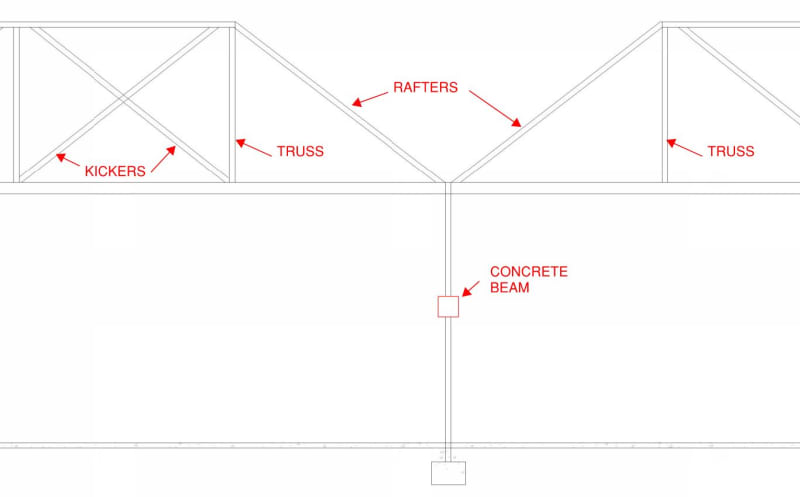
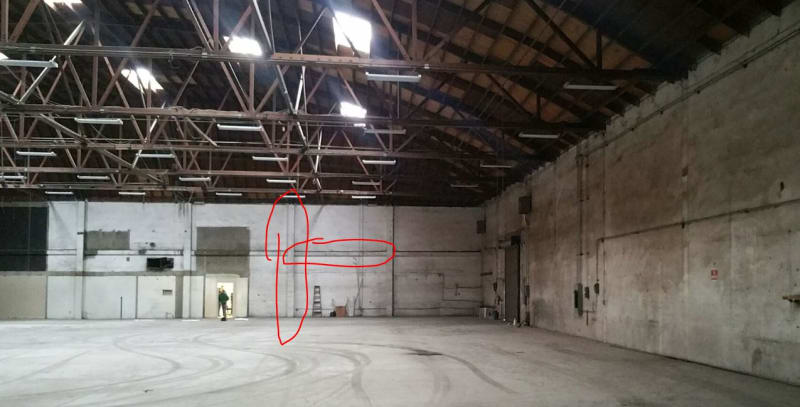
Why are there intermittent columns in the wall? There's only a continuous, uniform load from the rafters. This is an interior wall, the structure looks the same on the other side of this wall. I have a client who wants to cut a hole in the wall, cutting through a column and the beam.
The only thing I can think of is that they provide out of plane strength for the wall, so it doesn't have to span




